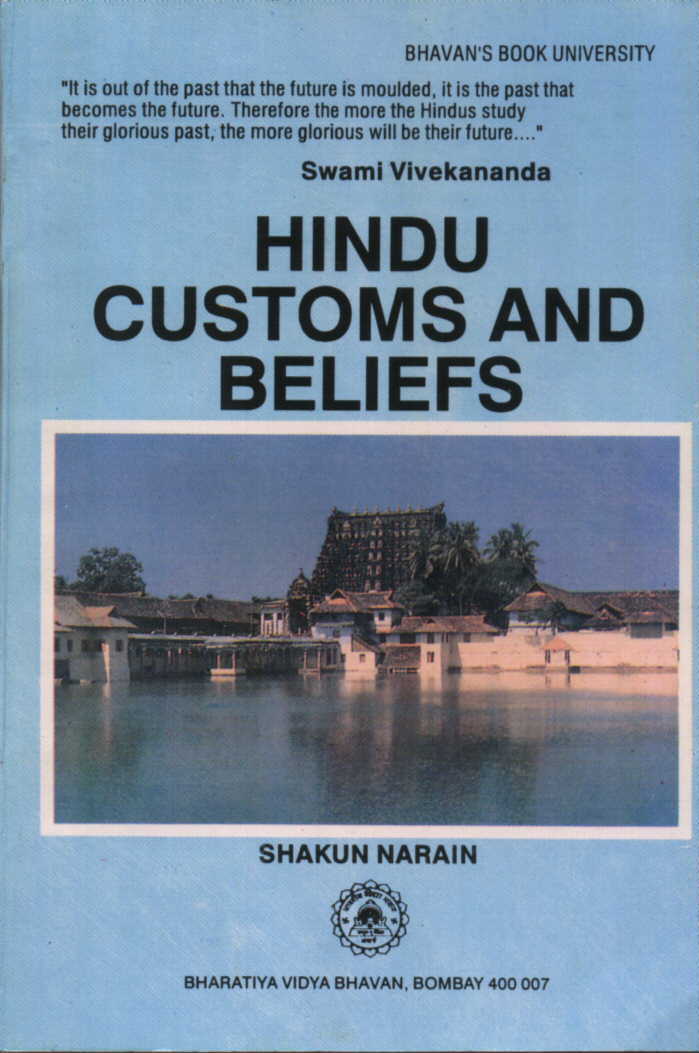 Introduction
& Index
Introduction
& Index
We
Indians belong to the land that gave the world the treasures contained in the
Vedas and the evergreen philosophy of the Bhagavad
Gita.
India’s
sculptures and paintings are comparable to the best in Greek and Roman Art.
Its architectural heritage was acknowledged by Lord Curzon to be “the
Greatest Galaxy of Monuments in the World.” In fact it was here that
flourished the great Indus Valley Civilization, a marvel in social set-up and
communal living-millennia before the birth of Christ.
My
venturesome ancestors migrated to the Canary Islands to try their fortune at
the turn of the century. My parents took me there while I was an infant. It
was in 1955 that I was enrolled in to a Spanish Catholic School run by
Dominican Nuns. As luck would have it. I was the only Hindu girl in a class of
over 40 Spanish students.
Born
and brought up in a predominantly western atmosphere. I grew up totally
westernised in my thoughts and outlook. Denied access to our rich cultural
heritage. I could not meet my classmates in discussion when they wondered
aloud how Hindus could be so pagan as to worship cows, monkeys and elephants.
It was, perhaps, this humiliation, of which I was a victim, which sowed the
seed in my mind to know and delve deep into the origin of our customs and
beliefs, which, at first sight, may appear superstitious to outsiders.
On
my return to India to complete my studies, I was shocked that the majority of
the people here, with whom I came in contact, had little or no knowledge of
the significance of the rituals and customs that had come down to them from
ancient times; I found them practicing them mechanically because it is a
tradition, without going into the “Why and wherefore”. My searching
enquiries elicited no satisfactory explanations. It was then that I decided to
seek the answers for myself by attending lectures and discourses by learned
people. I felt mentally relieved when I learned that every belief and ritual,
in Hinduism had a scientific and logical explanation and had been prescribed
with the good of the individual in mind.
These
beliefs and rituals date back to the ancient times. Due to intellectual
inertia, the reasoning faculties of the large mass of the people are not
always developed. The wise ones therefore found it necessary to give these
beliefs and rituals a religious base, so that the masses would follow them in
their daily life and derive benefit though they may not be aware why these
have been enjoined upon them.
Unscrupulous
people everywhere have the evil genius to exploit the credulous for their
selfish ends. As time passed, It was easy for much men to inject an element of
fear in the credulous that non-performance of the age old customs and
rituals is a heinous sin and personal disaster would be the outcome if they
were not followed to the letter. They also contrived to bring about unsavory
accretions to the customs and rituals for their own advantage. As has happened
everywhere else, the credulous and unthinking among the people took to these
customs and practices without questioning. Thus was born superstition, the
source of which is fear.
My
aim in writing this book is to make the reader approach the subject with a
constructive and open mind and try to understand for himself the scientific
origin of our customs and beliefs, thereby getting rid of himself and those
around him, from the superstitious accretions, which have found a place in our
rituals and practices.
I
shall feel amply rewarded for my labours if this humble attempt on my part
helps In dispersing the darkness which has clouded our customs and practices
and restoring them to their pristine purity in the mind of the reader.
Shakun
Narain.
Bombay.
15th
June 1982